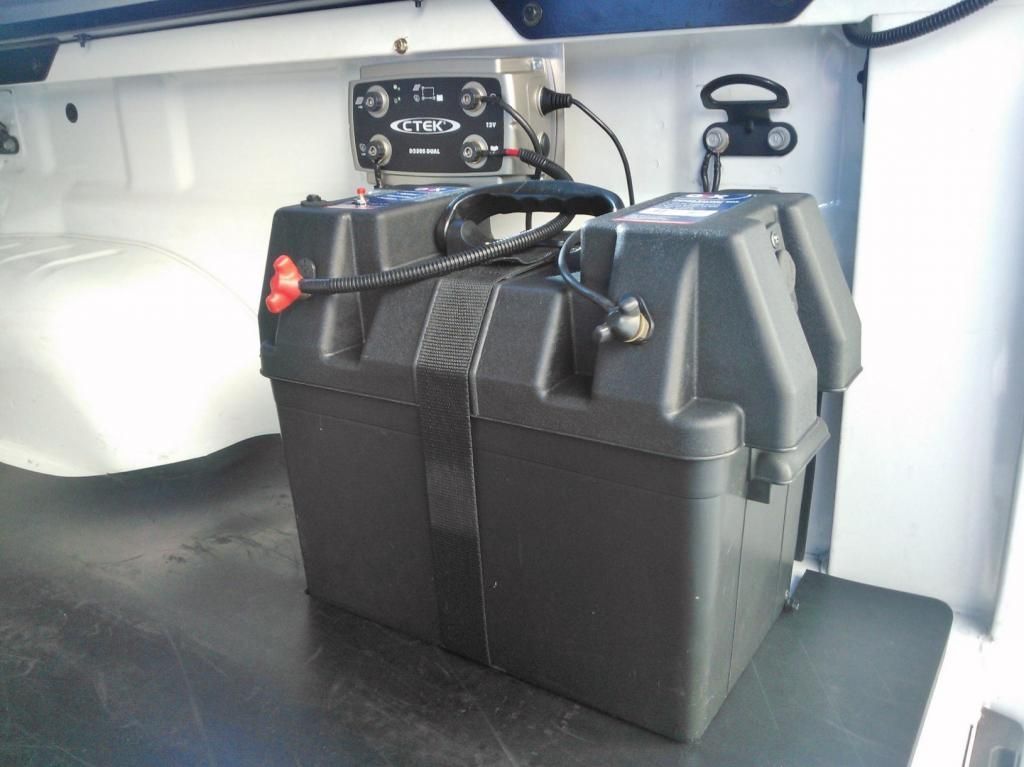4Burner
Member
Hi guys, I had a dual battery system fitted and the Auto elec has used a CTEK D250S Dual DC to DC charger to manage the second battery.
It's fitted to a 2013 Thai RX. Now according to the CTEK diagram a relay is used to shut of the primary battery. See below.
CTEK tell me it must have the relay regardless of a solar panel otherwise it will drain the primary battery. Auto elec says the CTEK manages both batteries so no need.
Anyone got the same set up that can point me in the right direction.


It's fitted to a 2013 Thai RX. Now according to the CTEK diagram a relay is used to shut of the primary battery. See below.
CTEK tell me it must have the relay regardless of a solar panel otherwise it will drain the primary battery. Auto elec says the CTEK manages both batteries so no need.
Anyone got the same set up that can point me in the right direction.


Last edited:
























